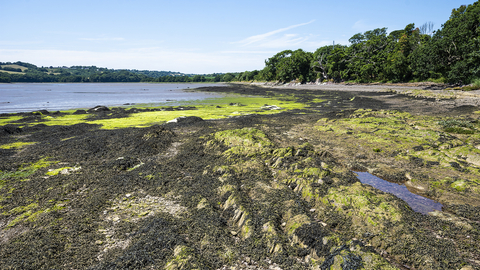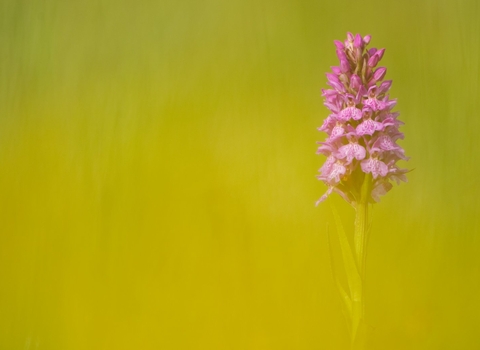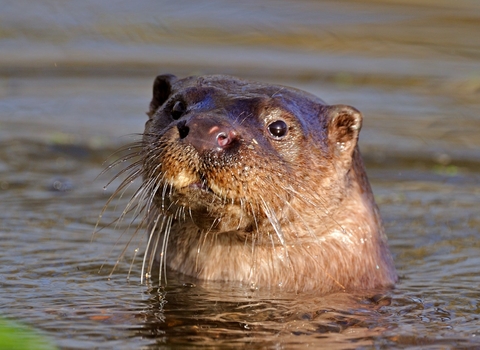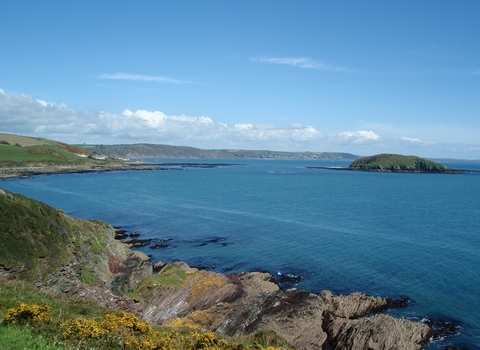
Tamar Estuary landscape by Ben Watkins
Tamar Estuary
Location
Approach via lanes from the A388. The foreshore may be reached from Cargreen village or, a Landulph, park by the church, follow the lane past the church and turn right through a gate on to a public footpath leading to the sea wall. The creek may be reached from Moditonham Quay.
View on What3Words
Know before you go
Dogs
When to visit
Opening times
Open at all timesBest time to visit
September to FebruaryAbout the reserve
This reserve, together with adjoining parts of the estuary, forms one of the largest areas of mudflats in the south west. An abundance of invertebrate animals live in the mud.
It is part of the Tamar Estuaries complex Special Protection Areas (SPAs) and Plymouth Sound & Estuaries Special Area of Conservation (SAC), and is an internationally important site for various wildfowl and wader species, which migrate here for winter from colder climates.
The Tamar Estuary reserve can be viewed from Cargreen (approximately two miles north of Saltash) and the sea wall near Landulph. There is also a public hide at the China Fleet Country Club that looks over Kingsmill Lake from its southern bank.
The Tamar Estuary complex is a richly rewarding area from which to watch birds, particularly through the autumn and winter months. Waders and ducks on migration, seeking places to rest and refuel, regularly drop into the estuaries and, from the late summer onwards, the area comes alive with birds returning from their northerly breeding grounds to spend the winter months in the warmer, sheltered waters of the South West.
Heron, little egret, shelduck and oystercatcher are resident on the estuary all year, whilst during the spring and autumn migrations you may see green sandpiper and whimbrel.
You may also be lucky and catch a glimpse of one of our less common visitors such as spoonbill, spotted redshank or red-breasted merganser.










